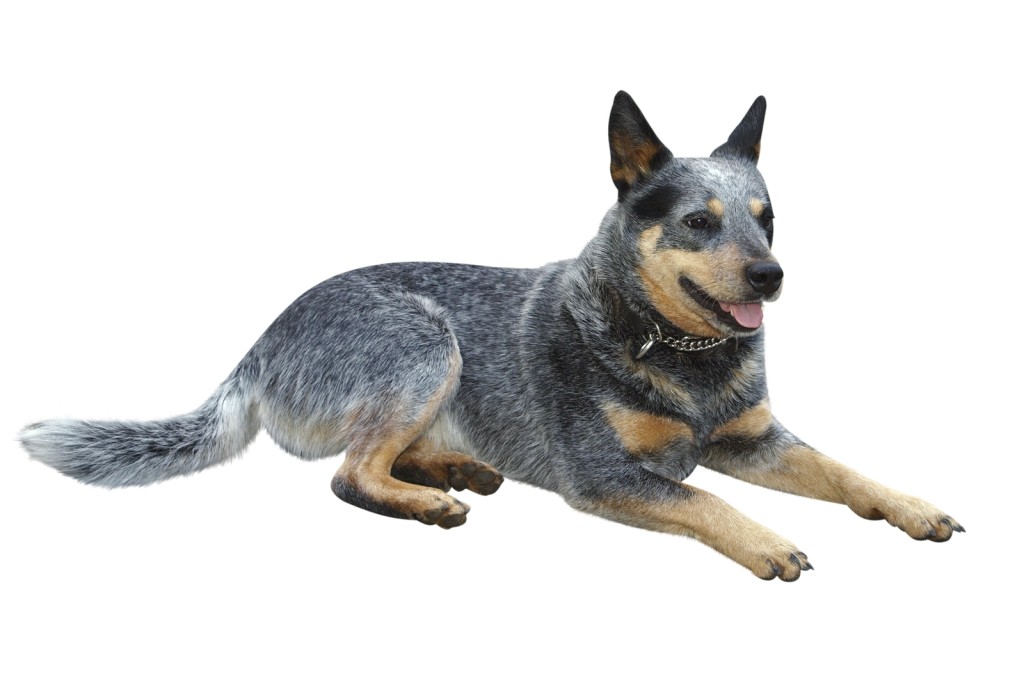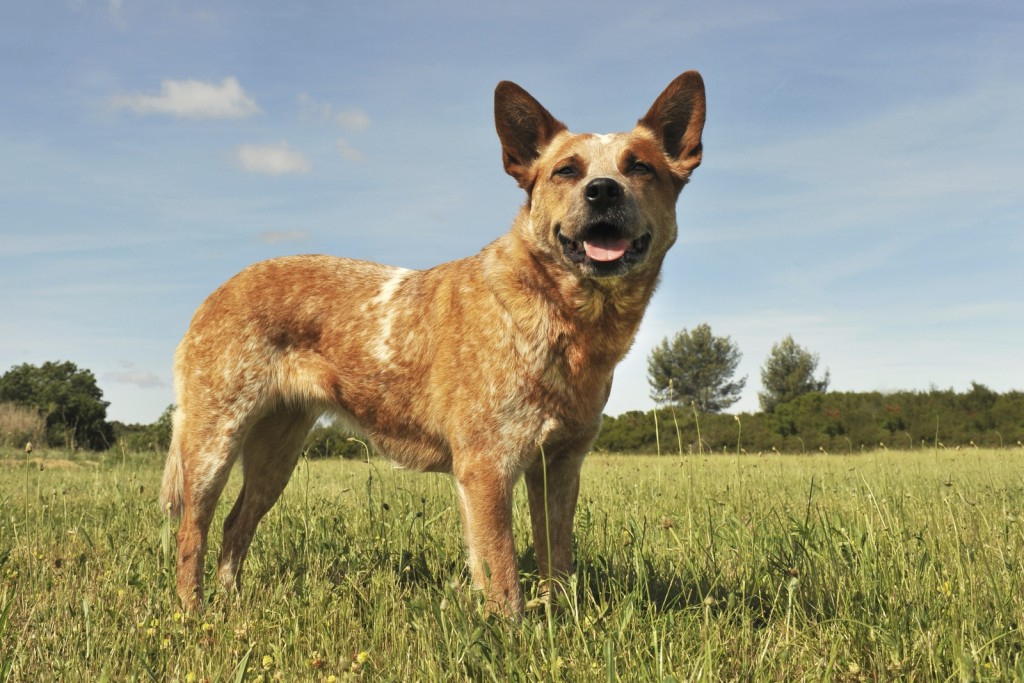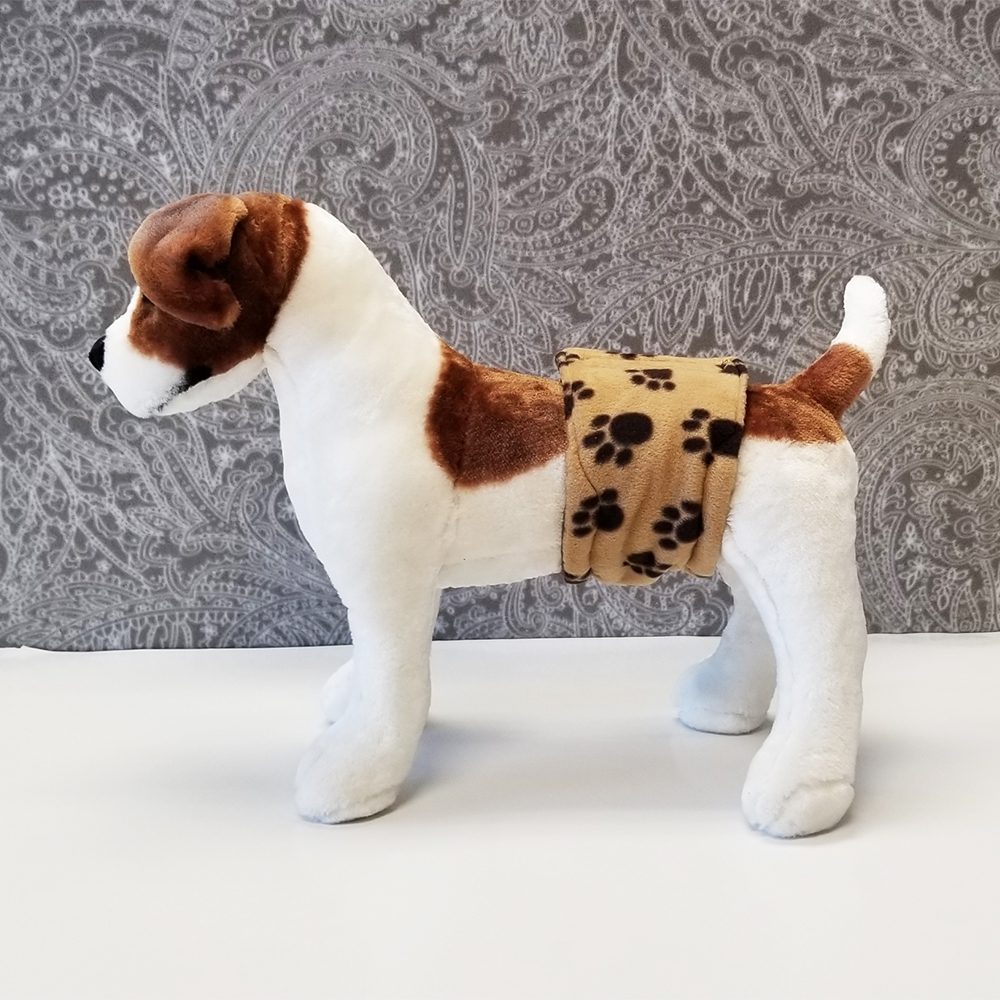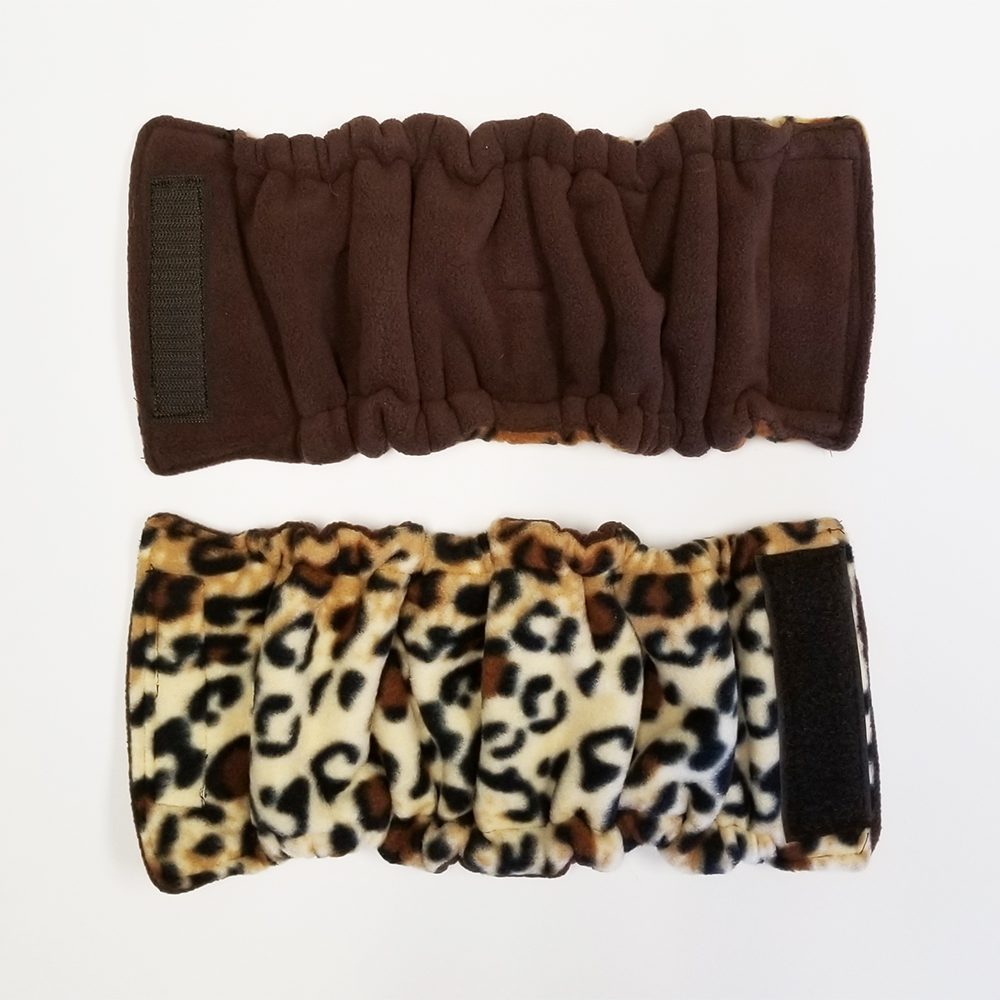Australian Cattle Dog

Australian Cattle Dog: The Energetic and Intelligent Herder
Welcome to the comprehensive guide on the Australian Cattle Dog, a breed admired for its high energy, intelligence, and loyalty. This page is dedicated to exploring the world of the Australian Cattle Dog, a versatile and hardworking companion, perfect for active lifestyles.
Overview
AKC Height: 17-20 inches
AKC Weight: 35-50 pounds
Colors: Blue and red; both these colors must have an overlay of silver or white guard hairs. Markings include half and full masks, the white forehead or Bentley mark, speckling or mottling, and ringed or solid tails.
Life Expectancy: 12-16 years
Group: Herding Group
________________________________________

Physical Characteristics
- Robust and Agile: Australian Cattle Dogs are medium-sized, robust, and agile, known for their muscular build and endurance.
- Distinctive Coat: They have a short, dense coat that is weather-resistant, commonly in blue or red speckle patterns.
Temperament and Personality
Australian Cattle Dogs are known for their intelligence, alertness, and unwavering loyalty. They are highly energetic and thrive on having a job or activity to focus on. Their protective nature makes them excellent watchdogs.
Training and Exercise Needs
- Training: They respond well to early and consistent training. Being intelligent and eager to please, they excel in obedience, agility, and herding events.
- Exercise: This breed requires a lot of physical activity to stay healthy and happy. Activities like running, hiking, and dog sports are ideal.
- Mental Stimulation: Their sharp minds need regular mental stimulation. Puzzle toys, advanced training, and interactive play are great ways to keep them engaged.
Health and Nutrition
- Diet: A balanced diet suitable for an active, medium-sized breed is essential. Regular vet consultations can help tailor their nutritional needs.
- Health Concerns: Generally a hardy breed, they can develop certain health issues, including hip/elbow dysplasia and progressive retinal atrophy (PRA), lens luxation, Osteochondrosis Dissecans (OCD),Collie Eye Anomaly (CEA), hip dysplasia. Regular health screenings are important. Dog Health Dictionary
Grooming and Care
- Coat Care: Regular brushing helps manage shedding and keep their coat in good condition.
- Overall Health Care: Routine care, including dental hygiene, nail trimming, and ear cleaning, is vital for their well-being.
Living with an Australian Cattle Dog
- Family Life: They can be great family pets for active households. They are good with children and other pets if properly socialized.
- Adaptability: They adapt best to environments where they can have plenty of physical and mental exercise.
- Companionship: Australian Cattle Dogs form strong bonds with their owners and are best suited for those who can match their energy and intelligence.
Responsible Ownership and Adoption
- Selecting a Breeder: Choose a breeder who prioritizes health and temperament and provides health clearances.
- Adoption Options: Consider adopting from shelters or breed-specific rescues, as many Australian Cattle Dogs await loving homes.
.
Conclusion: The Australian Cattle Dog is a dynamic, intelligent, and loyal breed, ideal for those who lead an active lifestyle and can provide ample physical and mental stimulation. Their loyalty and versatility make them not just excellent working dogs but also affectionate companions.
Housebreaking
PUPPY HOUSEBREAKING tips: https://www.dog-breeds.net/puppy-housebreaking/
ADULT MARKING AND RETRAINING tips: https://www.dog-breeds.net/dog-housebreaking-marking-page/



